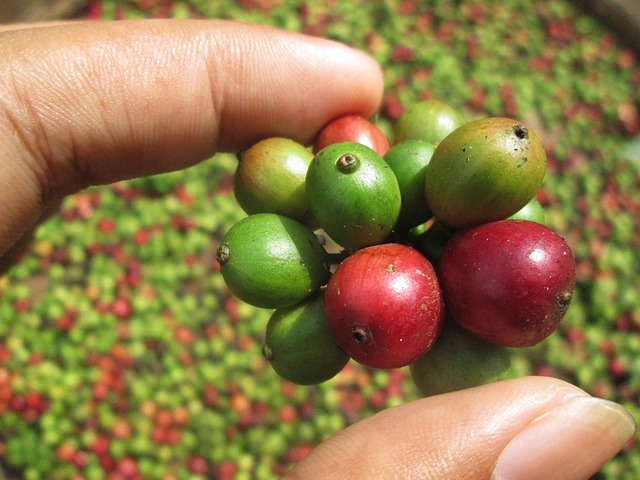Ethiopian coffee beans are a unique and coveted product in the world of coffee. Grown in the highlands of Ethiopia, these beans are known for their distinct flavour profile and cultural significance. In this article, we will delve into the history and production of Ethiopian coffee beans, their flavour characteristics, and their role in the global coffee industry.
The history of coffee in Ethiopia dates back to the 9th century when it is believed to have been discovered by a shepherd who noticed that his goats became more energetic after eating the beans of a particular shrub. The beans were eventually roasted and brewed, leading to the development of the drink we know today as coffee. Ethiopia is home to several indigenous coffee species, including Coffea arabica, which accounts for about 60% of the world’s coffee production.
Coffee production in Ethiopia significantly contributes to the country’s economy, with most coffee grown in smallholder farms. These farms are typically family-run and range in size from a few acres to several hectares. Coffee is a labour-intensive crop, and the production process begins with planting and cultivating coffee trees. Once the trees reach maturity, they produce small white flowers that eventually give way to green berries. As the berries mature, they turn a deep red colour and are ready to be harvested.
The traditional coffee harvesting method in Ethiopia is called “strip picking” the ripe cherries are stripped off the tree at once. This method is labor-intensive and requires a lot of manual work, but it is also more sustainable and allows for selecting only the ripest cherries. Once the cherries have been harvested, they are sorted and graded according to size and quality. The beans are then removed from the cherries through a process called “wet processing,” in which the cherries are soaked in water to soften the outer layers. The beans are then separated from the cherries using a machine and are left to dry in the sun.
After the beans have been dried, they are roasted to bring out their unique flavours. Ethiopian coffee beans are known for their bright and fruity flavours, with notes of berries, citrus, and chocolate. These flavours are the result of the unique terroir of Ethiopia, which includes factors such as the soil, altitude, and climate of the region.
Ethiopian coffee beans are also prized for their cultural significance. In Ethiopia, coffee is more than just a drink; it is a way of life. Coffee ceremonies are an important part of Ethiopian culture and are often used to socialize and bond with friends and family. During a coffee ceremony, the beans are roasted and ground by hand, and the resulting brew is served in small cups to guests.
Ethiopian coffee beans are highly sought after in the global coffee industry for their unique flavour profile and cultural significance. They are often used in specialty coffee blends and are a staple of many high-end coffee shops around the world. Ethiopia is the largest exporter of coffee in Africa and is a major player in the global coffee market.
In conclusion, Ethiopian coffee beans are a unique and coveted commodity in the world of coffee. Grown in the highlands of Ethiopia, these beans are known for their distinct flavour profile and cultural significance. From their origins in the 9th century to their current status as a significant player in the global coffee market, Ethiopian coffee beans have a rich history and play a vital role in the world of coffee.

